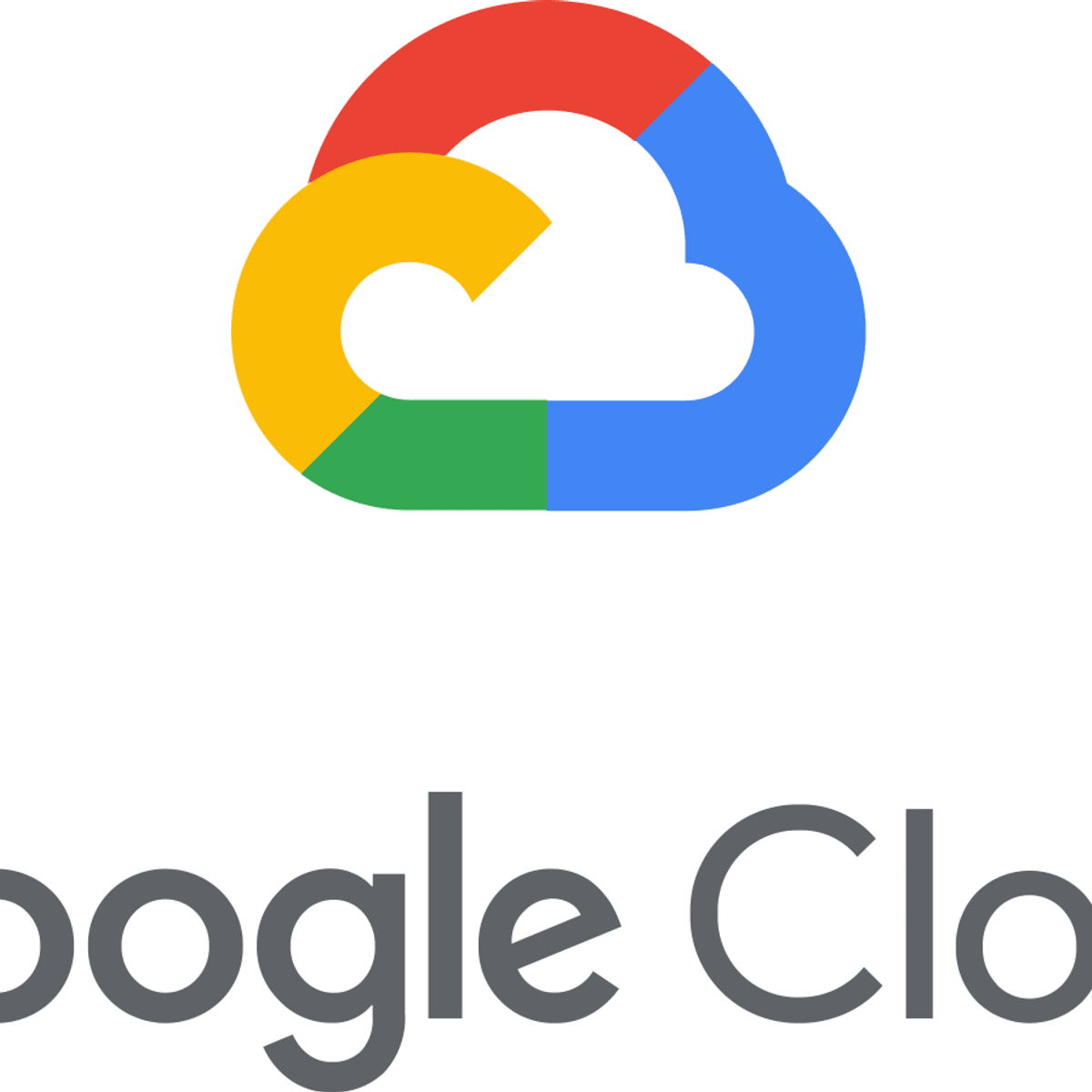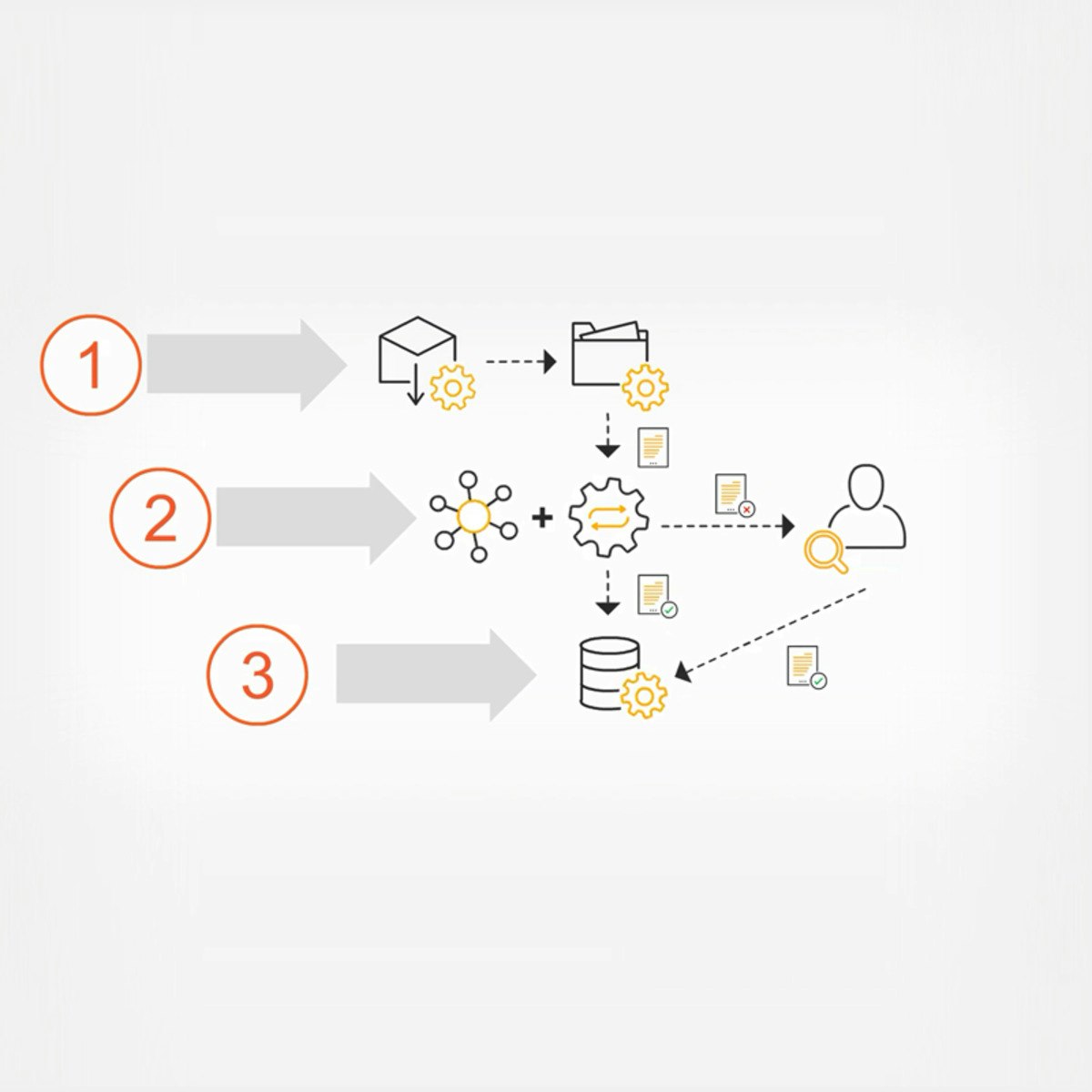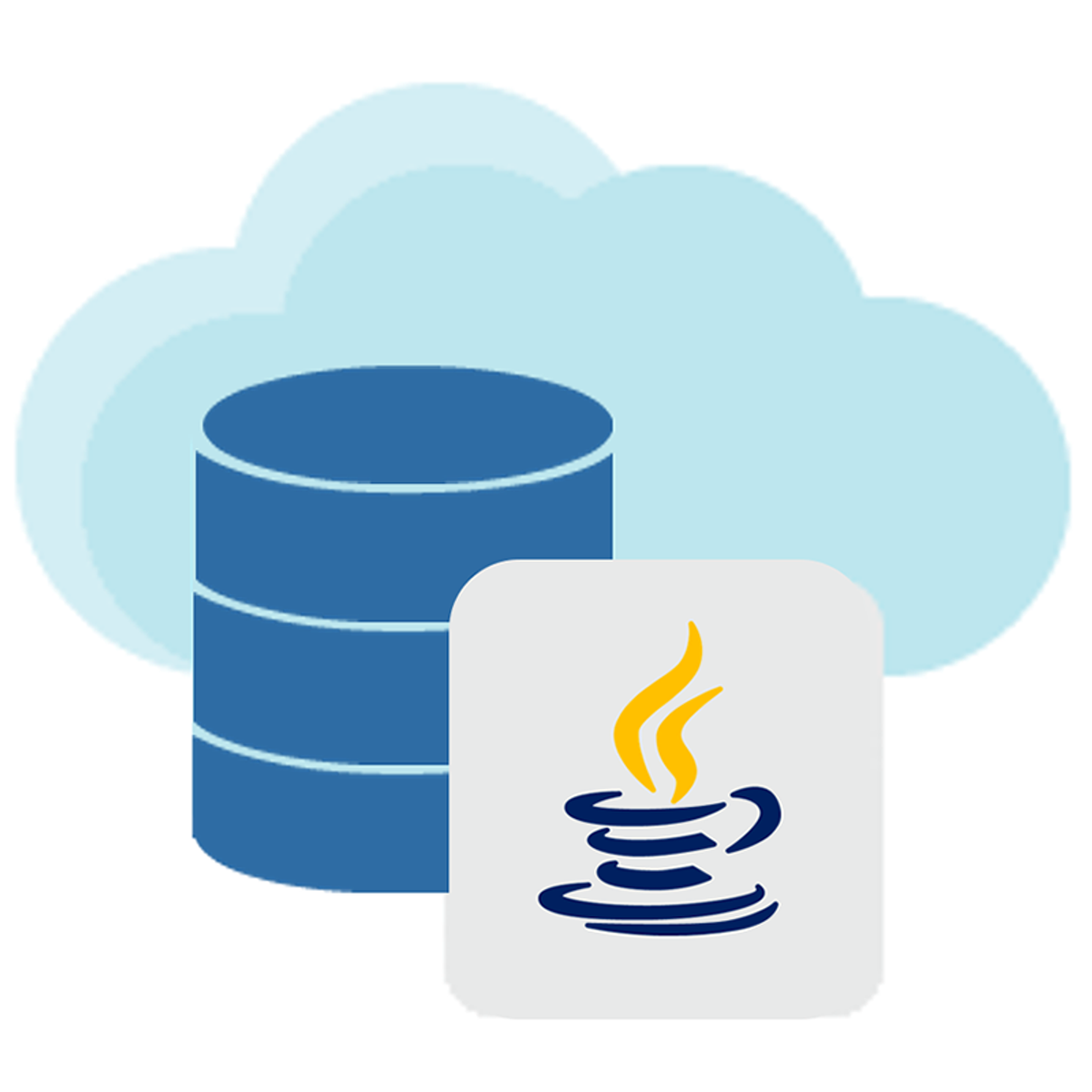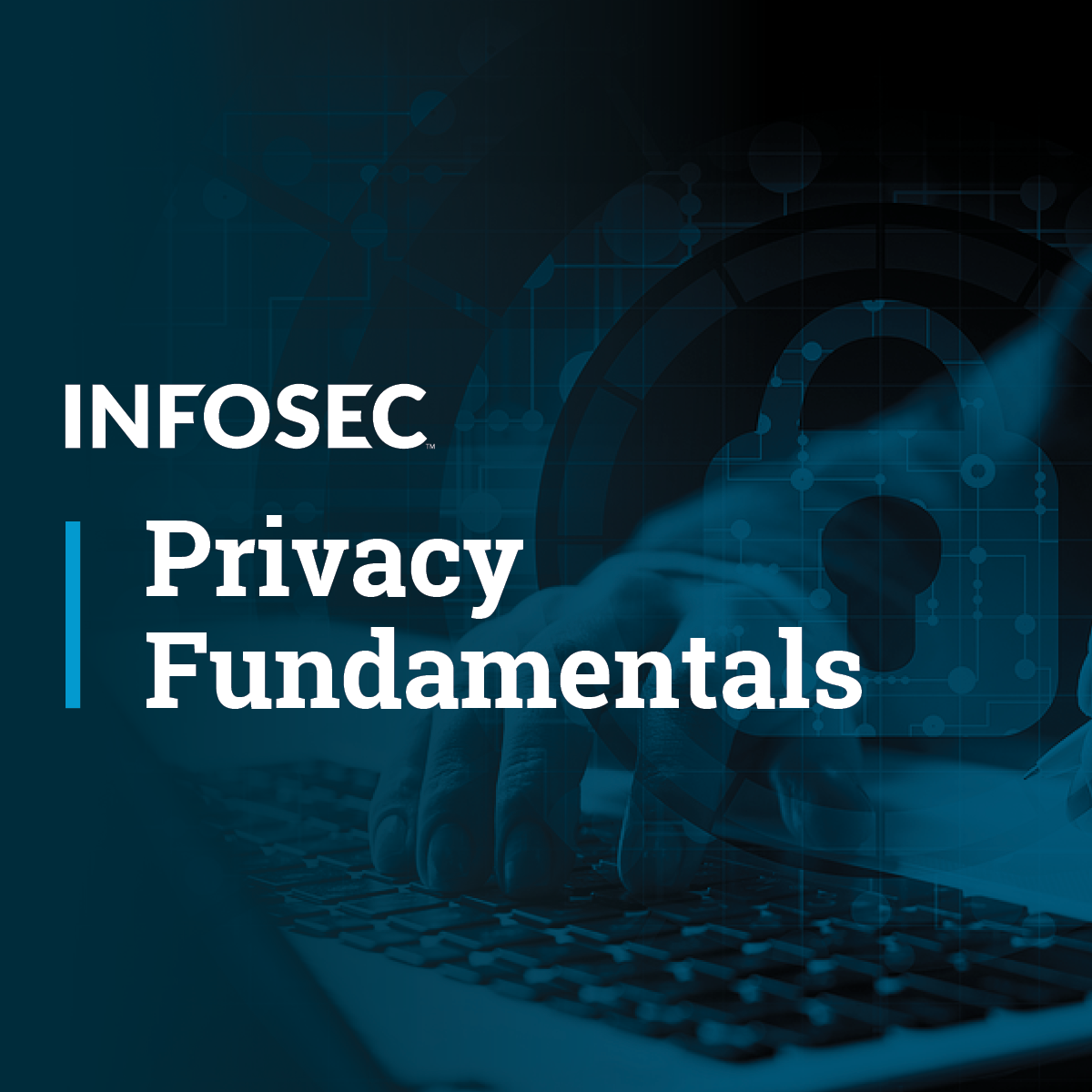Back to Courses









Data Management Courses - Page 24
Showing results 231-240 of 399

Leveraging NetApp Cloud Volume ONTAP Remote Caching Capabilities for EDA Workloads
This is a self-paced lab that takes place in the Google Cloud console. In this lab you will learn how to leverage NetApp Cloud Volumes ONTAP remote caching for EDA workloads.

Inheritance and Data Structures in Java
This course provides a comprehensive look at Java inheritance, including access modifiers and overriding methods. Students are introduced to abstract classes, and will learn how to read and write to files, use regular expressions for parsing text, and how to leverage complex data structures like collections and maps.
Additionally, this course offers strategies for catching errors and debugging code, including an overview of Eclipse’s debugging tool.

Cognitive Solutions and RPA Analytics
Millions of companies in the world today are processing endless documents in various formats. Although Robotic Process Automation (RPA) thrives in almost every industry and is growing fast, it works well only with structured data sources.
What about the data that’s not fully structured and comes in varying layouts? To address this problem, there is another aspect of RPA that is taking the industry by storm: cognitive automation.
While implementing RPA, you can deploy automations with “cognitive” capabilities. Cognitive automation uses Artificial Intelligence (AI) to learn and understand the same way the human brain works. Thus, it assists humans in making decisions, completing tasks, or meeting goals. Using cognitive automation, you can extract semi—or unstructured data—which is 80% of all data!
Data is a precious asset. Businesses struggle to make sense of large volumes of available data and to generate a tangible value from them. Manual business processes barely contain any data that is available for capture. This is where Robotic Process Automation (or RPA) Analytics comes in. RPA bots don’t just automate business processes; they also digitize them. They take the large volume of data and interpret it in near real-time to provide actionable information.
In this course, you will be introduced to cognitive automation, the role that AI plays in it, and Automation Anywhere’s cognitive solution, IQ Bot. You will also be introduced to RPA analytics and explore how Automation Anywhere’s Web Control Room and Bot Insight can provide this functionality.
As you begin this course, you will learn the six steps to deploy cognitive automation. Next, you will explore the IQ Bot portal – Automation Anywhere’s web-based application for developing the cognitive IQ bots. You will then learn to use the portal by following the IQ Bot workflow.
Next, you will learn how RPA analytics help interpret and improve automated business processes. You will see how Bot Insight functions as an RPA analytics platform.
You will also explore the different types of RPA analytics and learn how to generate RPA analytics via two mechanisms – the Web Control Room for Operational Analytics and Bot Insight for Business Analytics and CoE Analytics.
Finally, you will learn how to use the RPA mobile app to study and edit the default CoE dashboard that is published via Bot Insight.

MySQL with Information Technology
In this project you will explore how MySQL fits into information systems. You will become familiar with MySQL features as you explore database management system options and participate in hands-on exercises using MySQL Workbench to create and populate a table in a MySQL relational database.
Note: This course works best for learners who are based in the North America region. We’re currently working on providing the same experience in other regions.

Share Data Through the Art of Visualization
This is the sixth course in the Google Data Analytics Certificate. These courses will equip you with the skills needed to apply to introductory-level data analyst jobs. You’ll learn how to visualize and present your data findings as you complete the data analysis process. This course will show you how data visualizations, such as visual dashboards, can help bring your data to life. You’ll also explore Tableau, a data visualization platform that will help you create effective visualizations for your presentations. Current Google data analysts will continue to instruct and provide you with hands-on ways to accomplish common data analyst tasks with the best tools and resources.
Learners who complete this certificate program will be equipped to apply for introductory-level jobs as data analysts. No previous experience is necessary.
By the end of this course, you will:
- Examine the importance of data visualization.
- Learn how to form a compelling narrative through data stories.
- Gain an understanding of how to use Tableau to create dashboards and dashboard filters.
- Discover how to use Tableau to create effective visualizations.
- Explore the principles and practices involved with effective presentations.
- Learn how to consider potential limitations associated with the data in your presentations.
- Understand how to apply best practices to a Q&A with your audience.

Jakarta Persistence (JPA)
This course takes the student through a variety of labs exploring the interaction between Java Object Domain Models and Relational Database Tables, this is becoming the standard approach for database access in Java Applications. The course will illustrate how using meta data annotations, you can map domain objects to database tables, and class properties to columns in those tables for CRUD operations. The student will use numerous Query strategies to retrieve data from a database and consume the data in their applications with minimal effort. The course will talk about the how these meta data annotations can also map compositional and inheritance relationships between classes and a database schemas.

Cloud DNS: Traffic Steering using Geolocation Policy
This is a self-paced lab that takes place in the Google Cloud console.
In this lab you will configure and test the Geolocation routing policy.

Introduction to Privacy - Part 2
Part 2 of the Privacy Fundamentals course will cover data assessments, documentation and privacy rights. We will also explore different training methods including competency based training.

Use C# streams to read and write file data
By the end of this project, you will Use C# streams to read and write file data in a C# program.
The C# Stream class is used to process data from various sources including internet data, in-memory data, and file data. The File Stream class implements the Stream class to provide convenient access to file data.

Getting Started with Microsoft OneDrive
By the end of this project, you will learn how to use the basic functions of Microsoft OneDrive using a free version of Microsoft OneDrive.
OneDrive is a file and document storage offering from Microsoft that allows the user to access their saved documents from any internet accessible device. OneDrive also allows sharing with other users through different levels of access including read only and edit modes.
OneDrive allows automatic saving of files so that you never lose your progress and has version control which will allow you to look back at the history of the work you have done on a particular document.
Whether it is for work or home, you will learn how to manage your documents and files in OneDrive to accomplish your file management goals. You will learn how and why to use OneDrive as well as the most important features in the free version of the software.
Popular Internships and Jobs by Categories
Browse
© 2024 BoostGrad | All rights reserved


